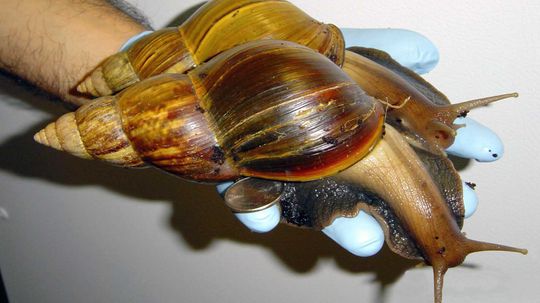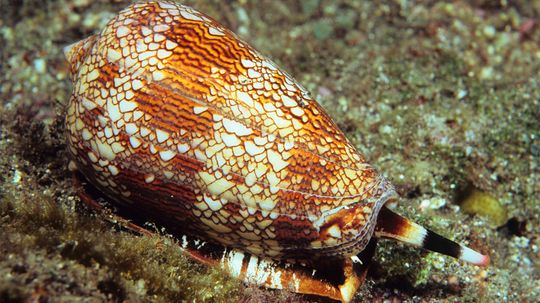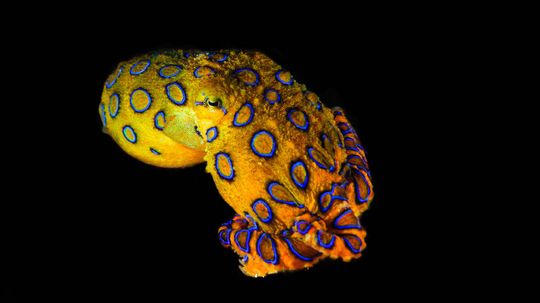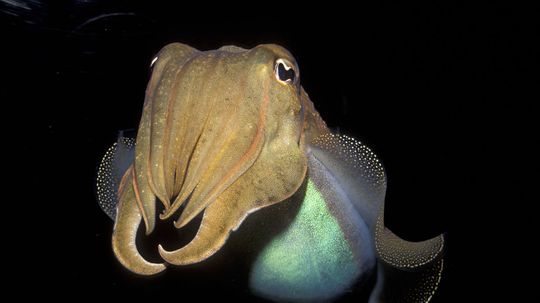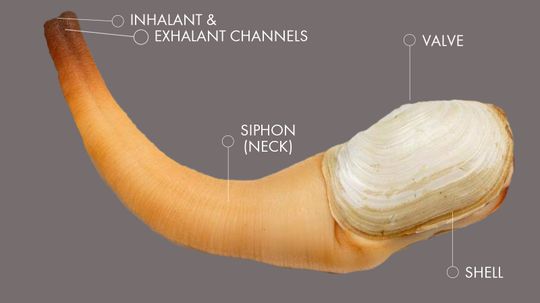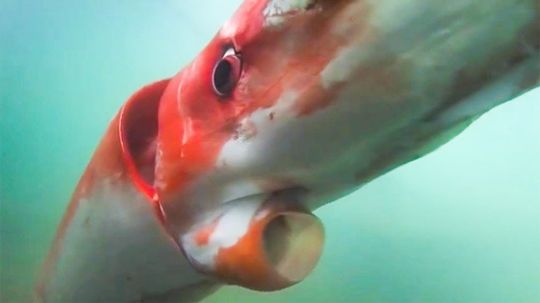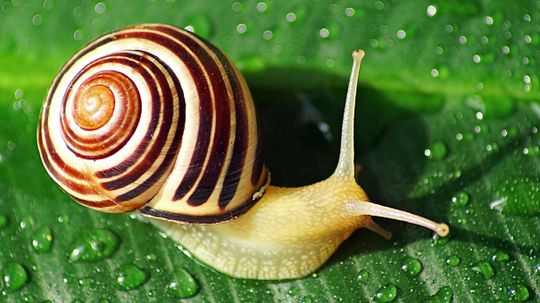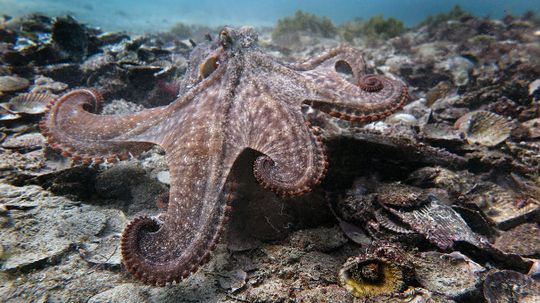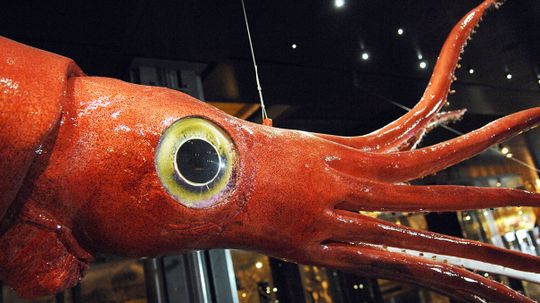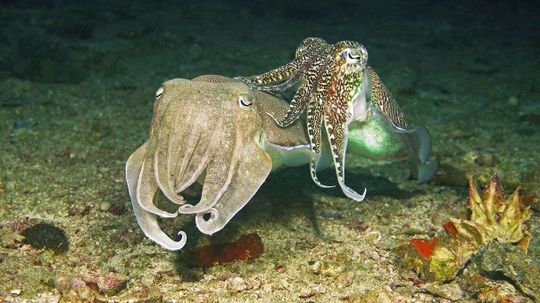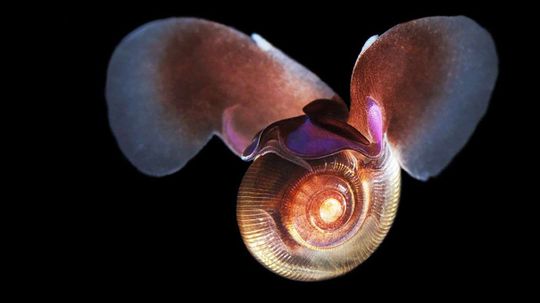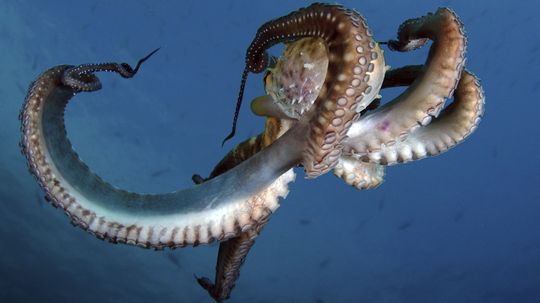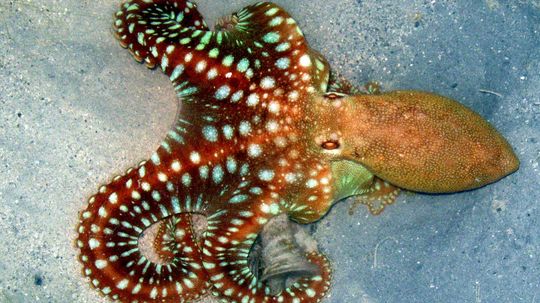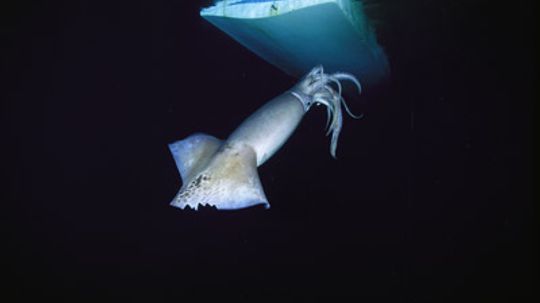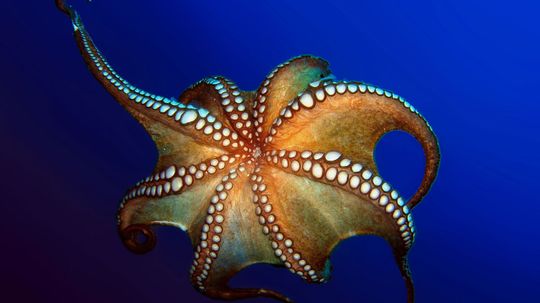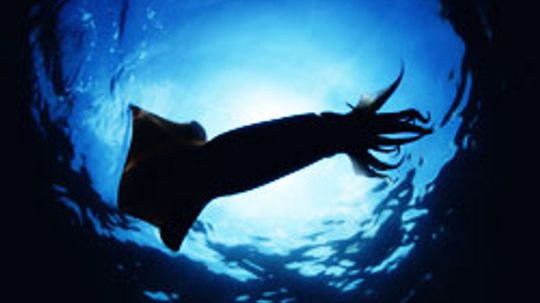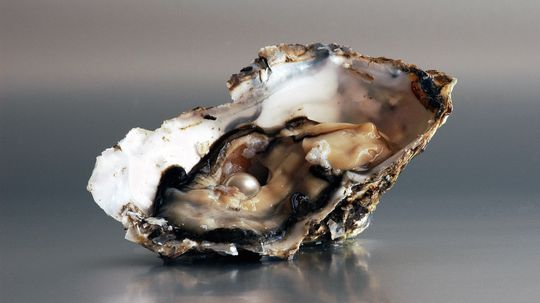Mollusks
Mollusks are members of the invertebrate phylum Mollusca and contain more than 100,000 species. Some mollusks have shells like clams and snails, while larger mollusks have no bones at all like the cuttlefish, squid and octopus.
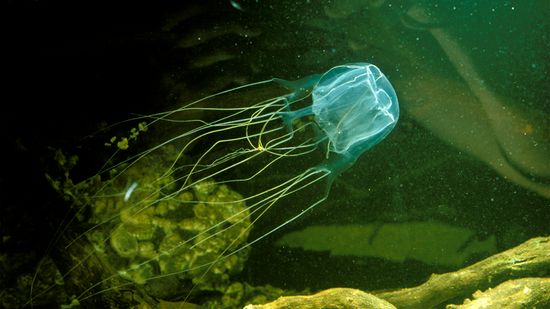
Box Jellyfish: World's Most Venomous Sea Creature
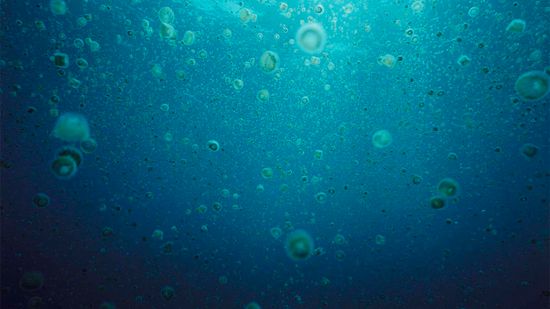
Stinging 'Sea Lice' Invading Atlantic Beaches
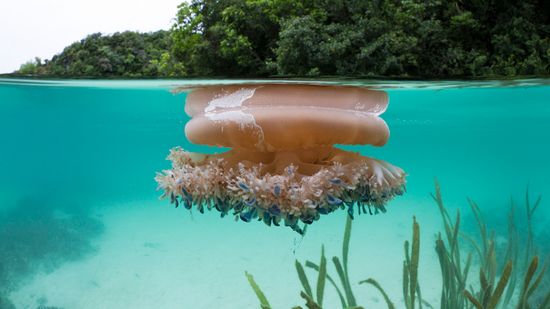
Jellyfish Don't Have Brains, But They Still Sleep
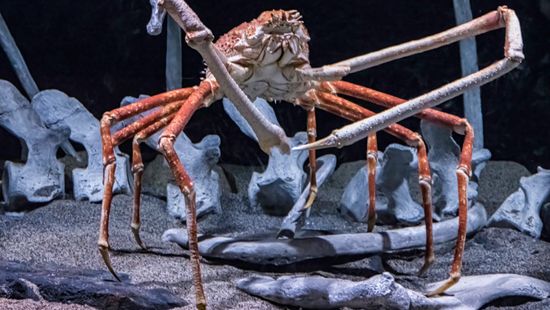
The Biggest Crab in the World, Plus 8 Enormous Contenders
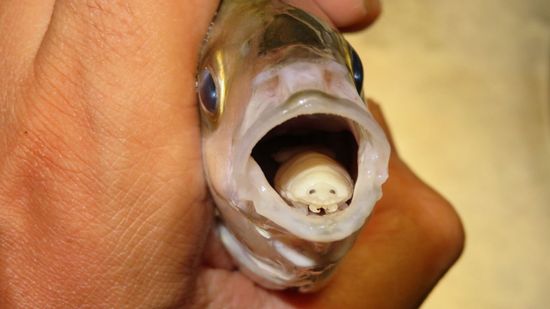
Why No Fish Wants a Tongue-eating Parasitic Louse in its Mouth
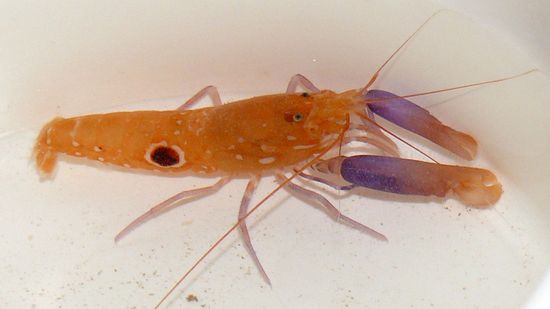
Pistol Shrimp: The Fastest Gun in the Sea

The True and Tragic Story of Tilikum, SeaWorld's Captive Orca

10 Deep Sea Creatures That Are (Almost) Too Bizarre to Be Real
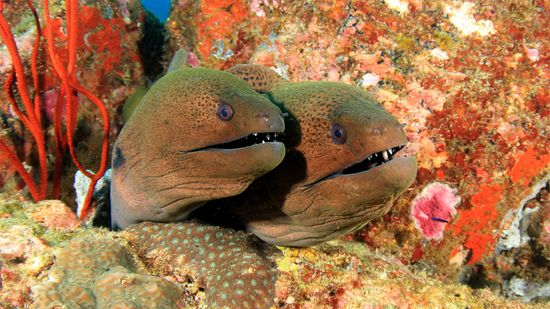
How Do Eels Reproduce?
Learn More
These massive mollusks are one of the world's most invasive species. They have the potential to devastate Florida's agriculture. Oh, and they can cause meningitis in humans.
By Sarah Gleim
Cone snails are marine animals that harpoon their prey and incapacitate them with deadly toxins. They may be beautiful, but they are highly venomous.
Looks can be deceiving. That's definitely true for the blue-ringed octopus. It's tiny, stunningly beautiful and looks harmless. Yet its venom could kill 26 men in minutes.
Advertisement
A master of camouflage, the cuttlefish can count, gender-bend and use a hidden weapon to outsmart its enemies.
By Alia Hoyt
These saltwater clams are the largest on the planet, and some can live as long as 100 years. And despite their, well, looks, they're pretty darn tasty.
Rumors of giant squid have terrified sailors for centuries, but new technology is now helping to bring these mysterious creatures up toward the light.
Snails can't pick and choose their shells like hermit crabs can. In fact, eviction means death. So how do those hard shells form over snails?
By Mark Mancini
Advertisement
Researchers discover site of 15 gloomy octopus, a species that has previously been known for being reclusive.
How giant squid process visual information has long been a mystery, but a new study finds their visual processing is surprisingly uncomplicated.
Scientists until recently believed Octopuses & Co. were colorblind. If that were the case, how could the animals create such vivid physical color displays?
The sea butterfly snail moves in Arctic waters in the same way as fruit flies through tropical air. This case of convergent evolution was uncovered by a new study.
Advertisement
Unless you've butchered an octopus, you might assume that it's as red-blooded as you are. And you'd be wrong. Why are octopuses the original blue bloods?
Imagine that someone is pursuing you down a dark alley. Do you run? Duck behind a trash bin? The mimic octopus doesn't sweat this kind of scenario: It just shape-shifts to disguise itself. You'll be surprised by the tricks it's got up its tentacles.
Giant squid are aggressive creatures that prey on almost anything that comes their way. How big do these monsters of the sea get, and could they really take down a watercraft?
To elude predators, the octopus will change color in an instant and even alter its shape to look like other sea animals. Does its magic put the chameleon to shame?
Advertisement
Squid have been featured in sailing myths and legends for more than 300 years. They're swift, agile and surprisingly intelligent creatures with brains larger in proportion to their bodies than most fish and reptiles have. Learn about all squid, squid anatomy and how big squid can can actually get.
How exactly does an oyster create a pearl, and what is the difference between a natural pearl and a cultured pearl?
